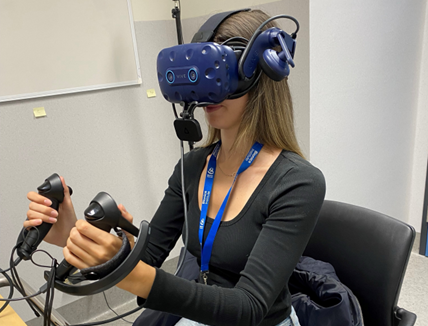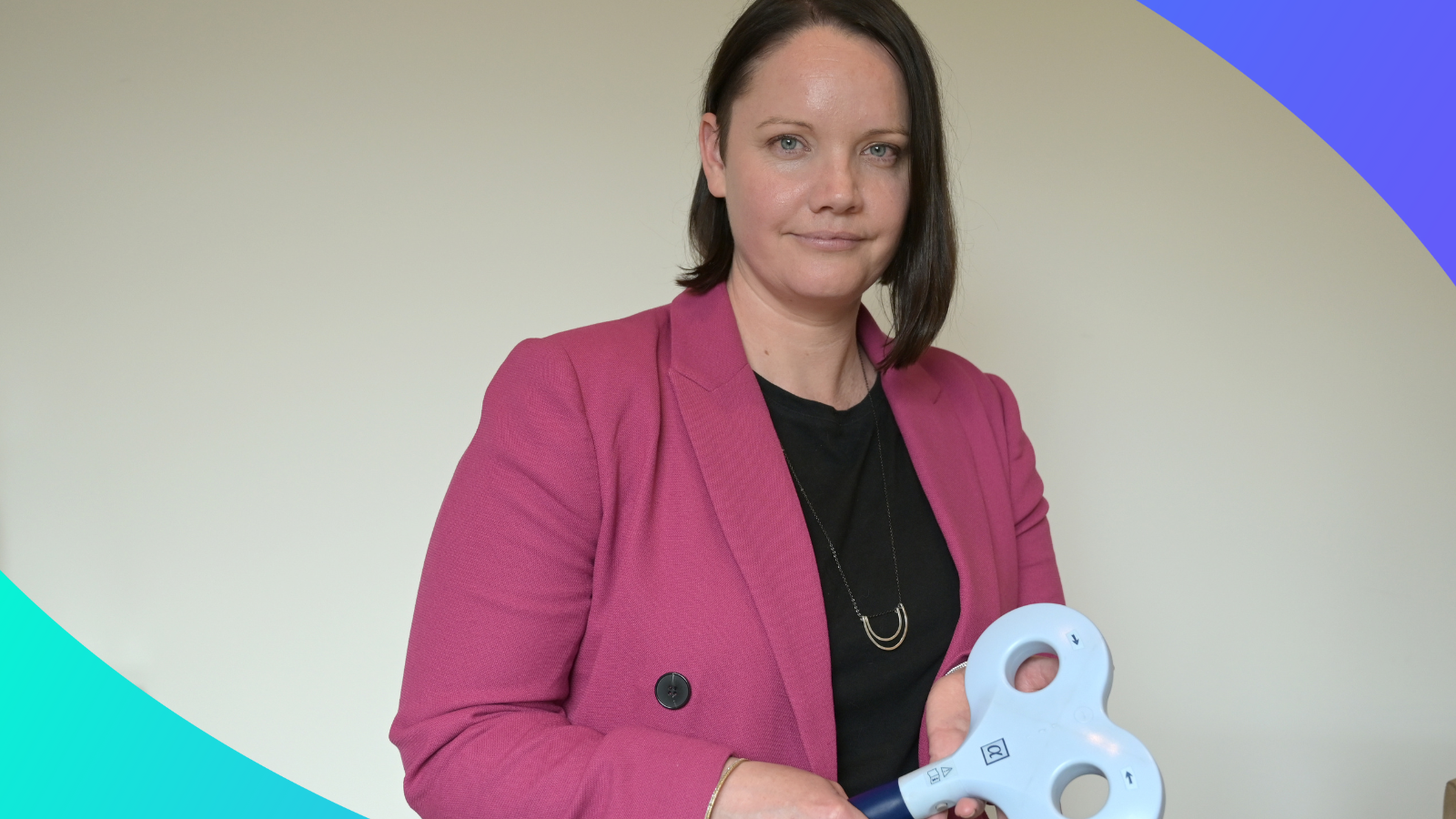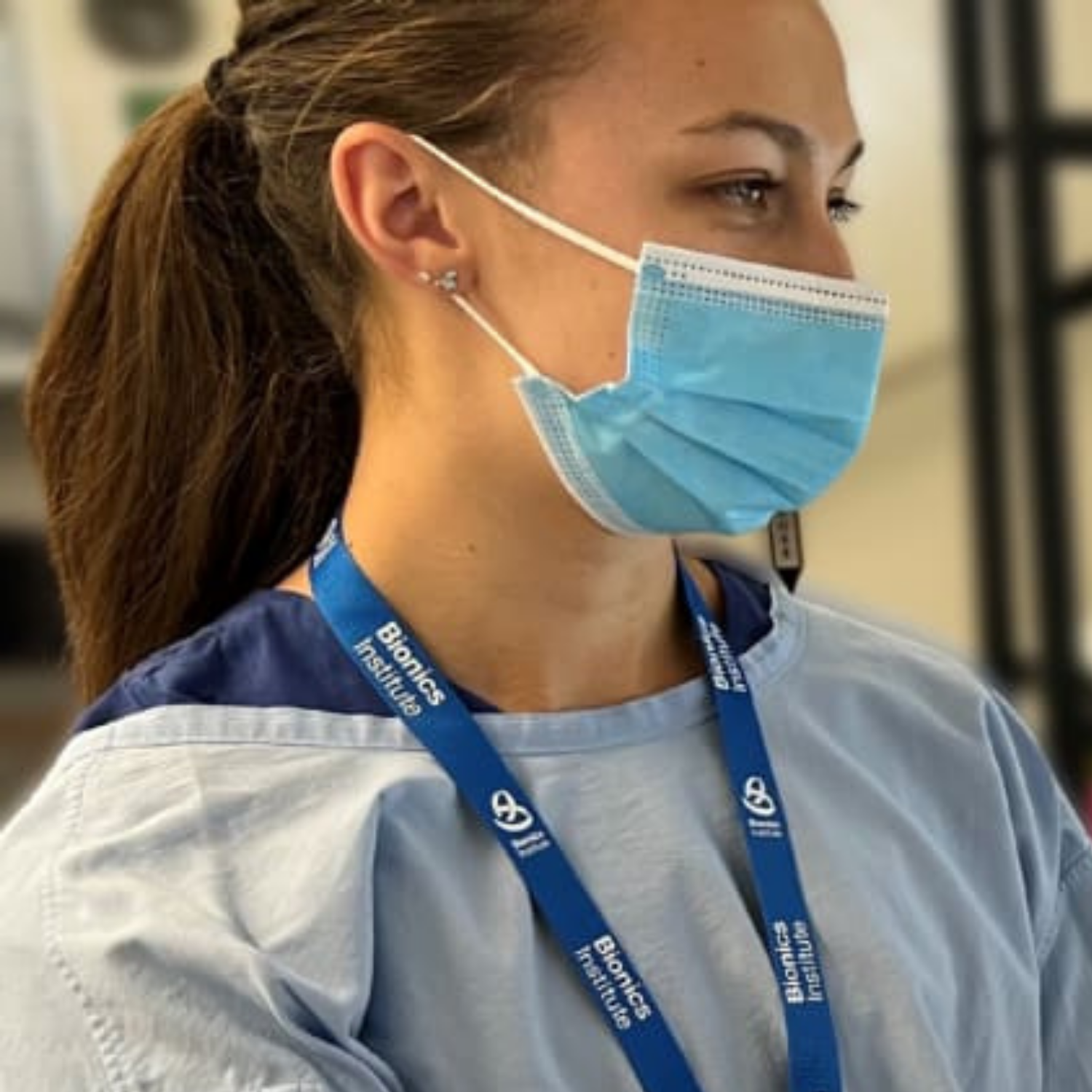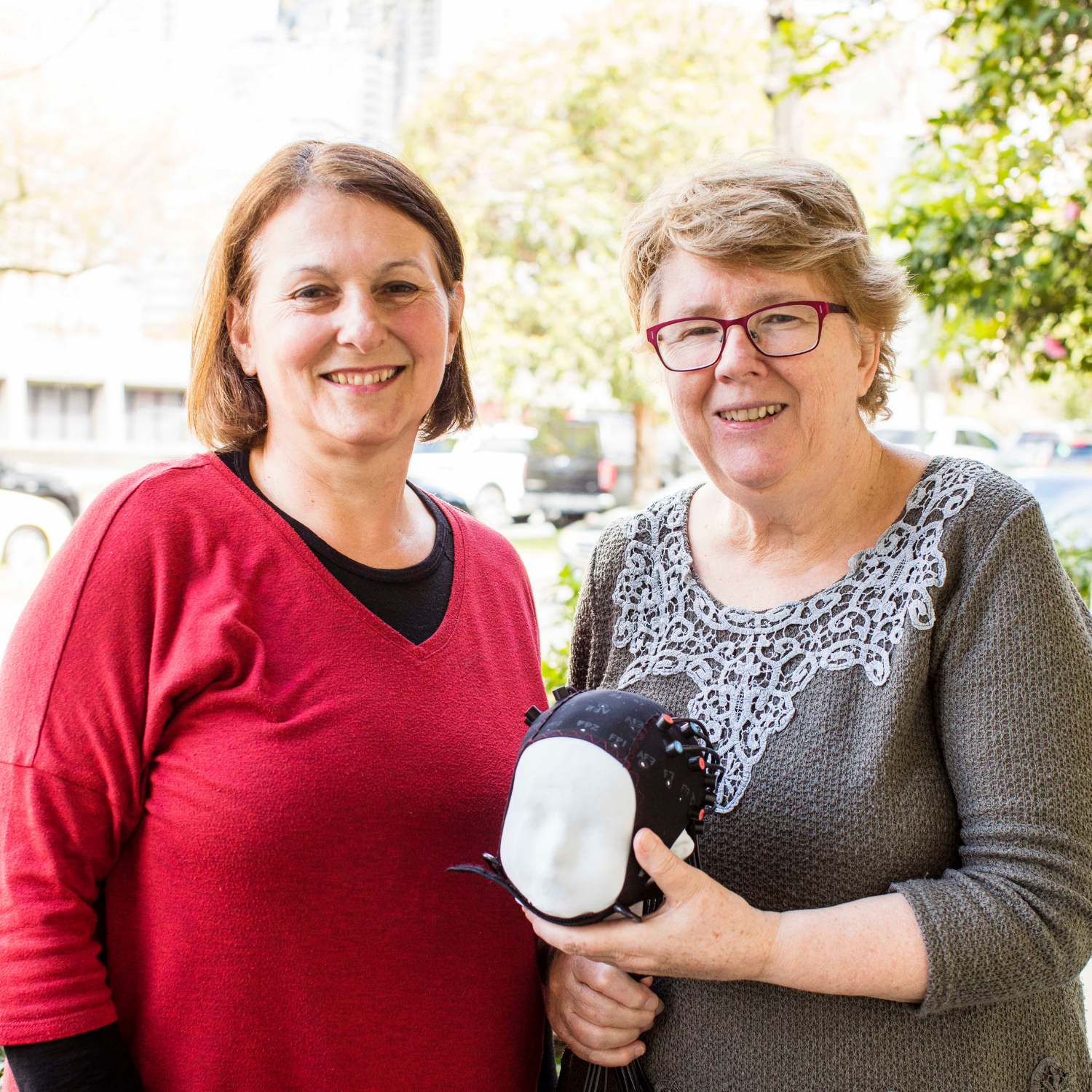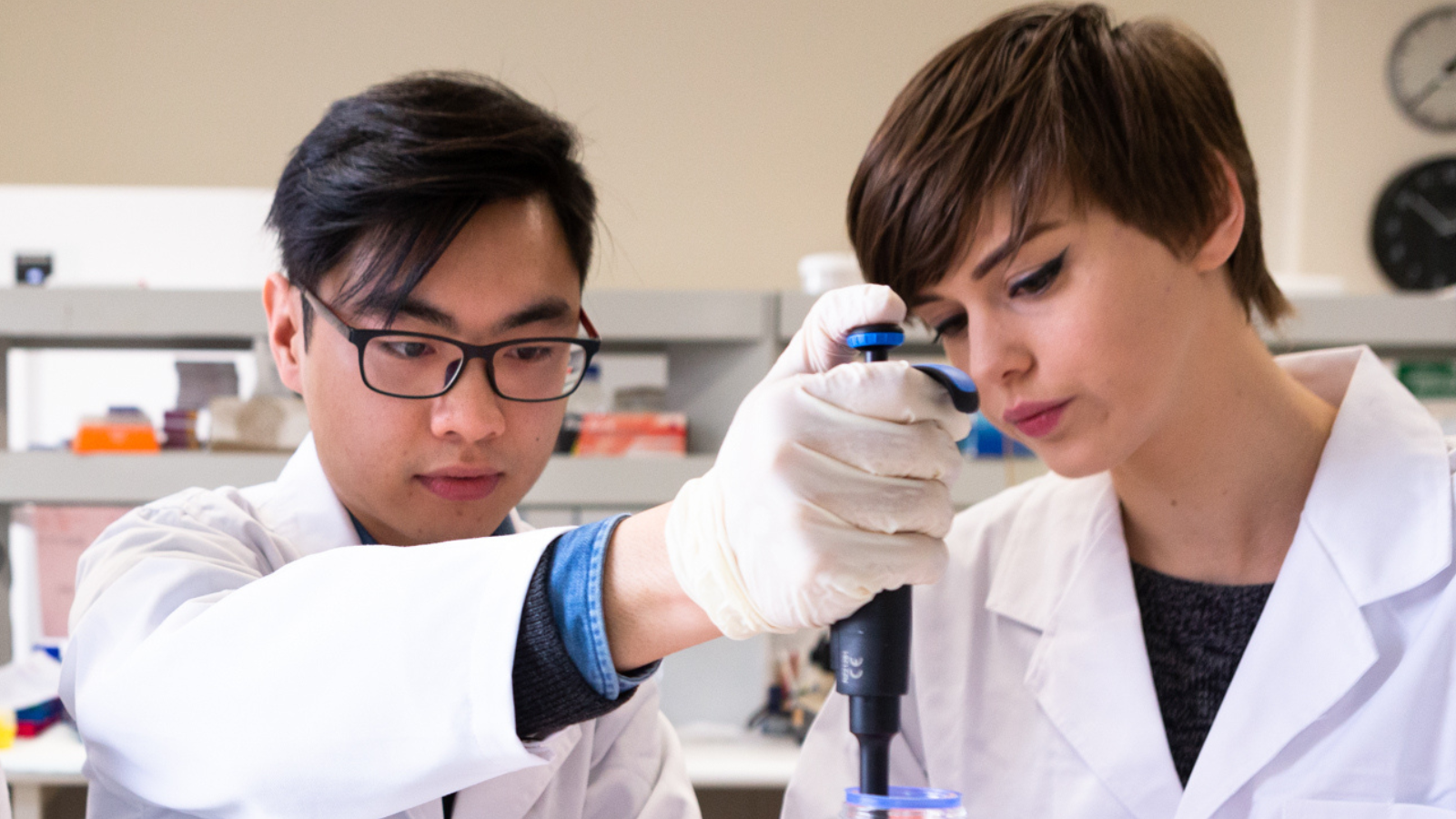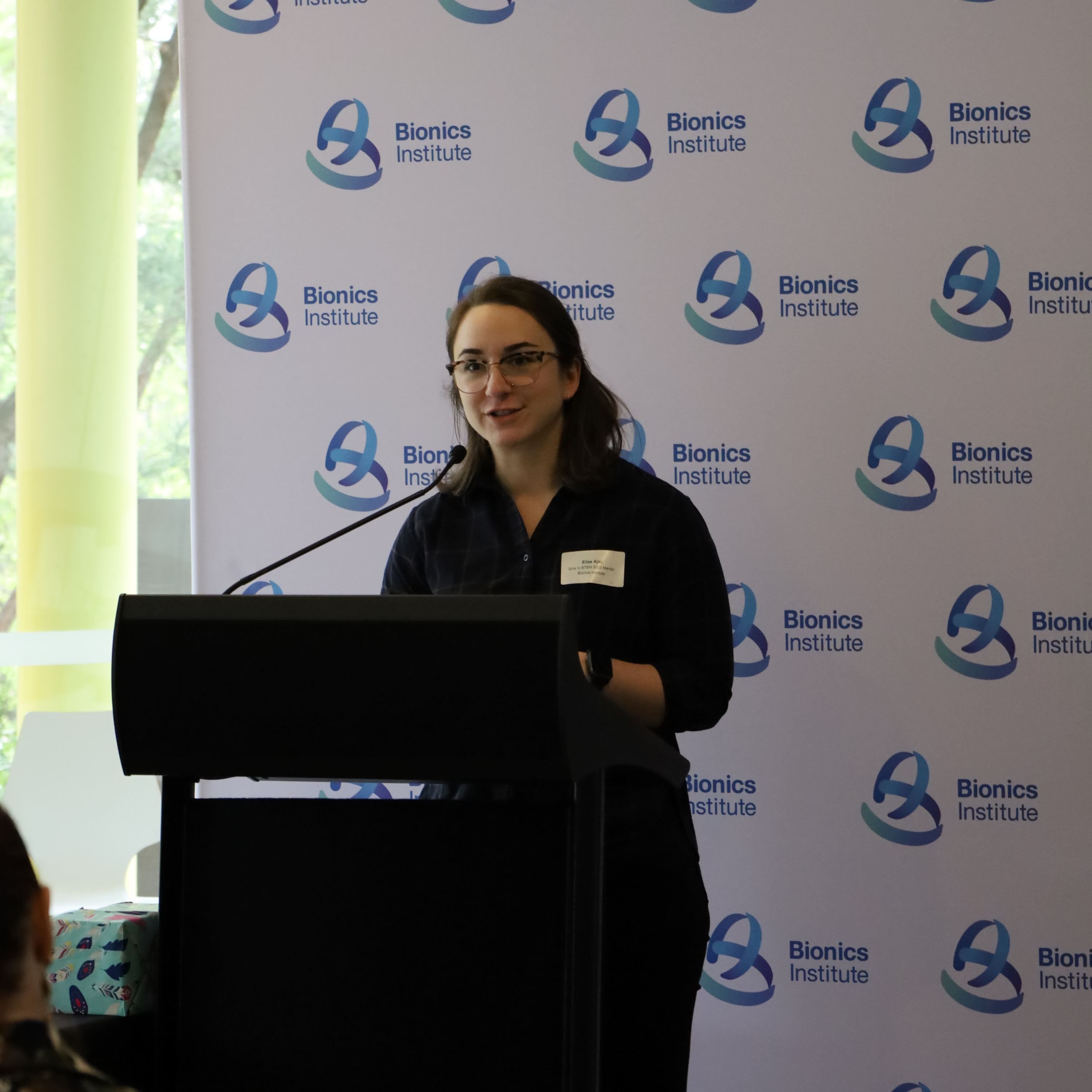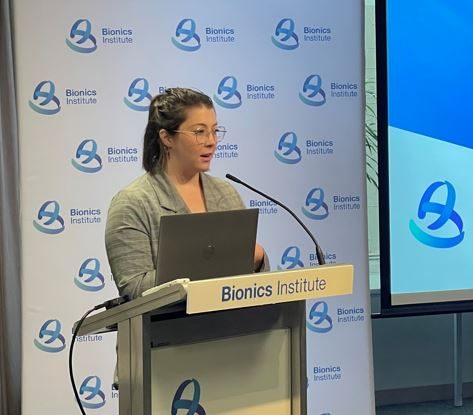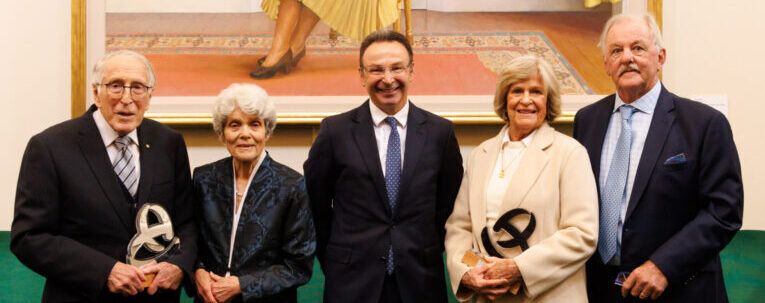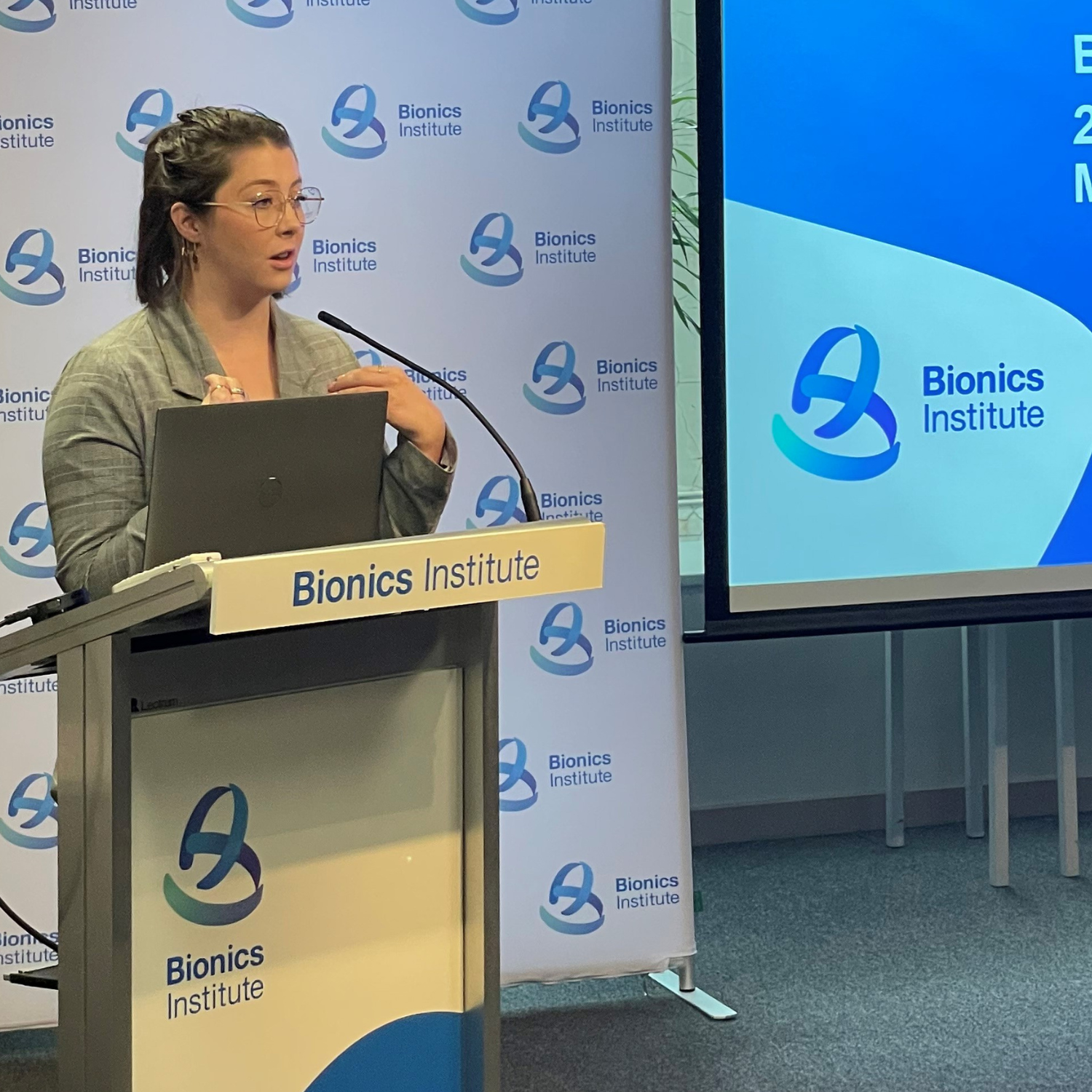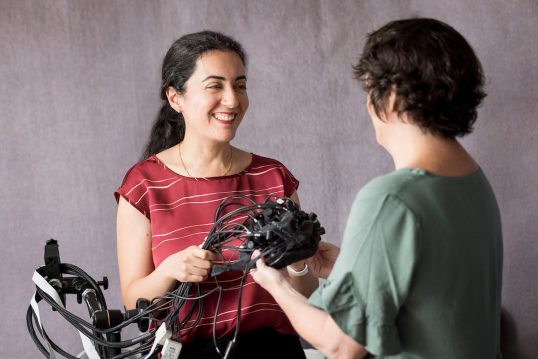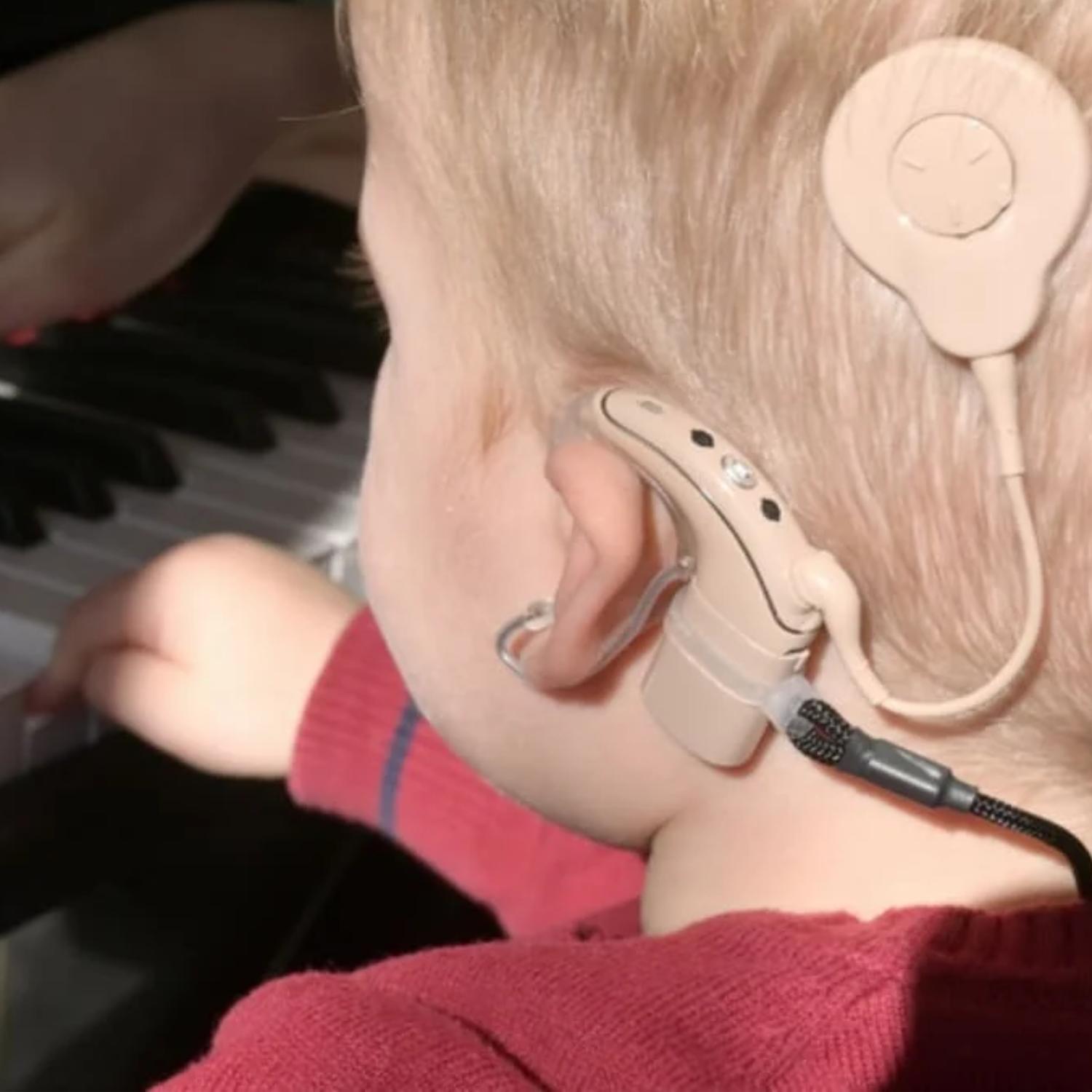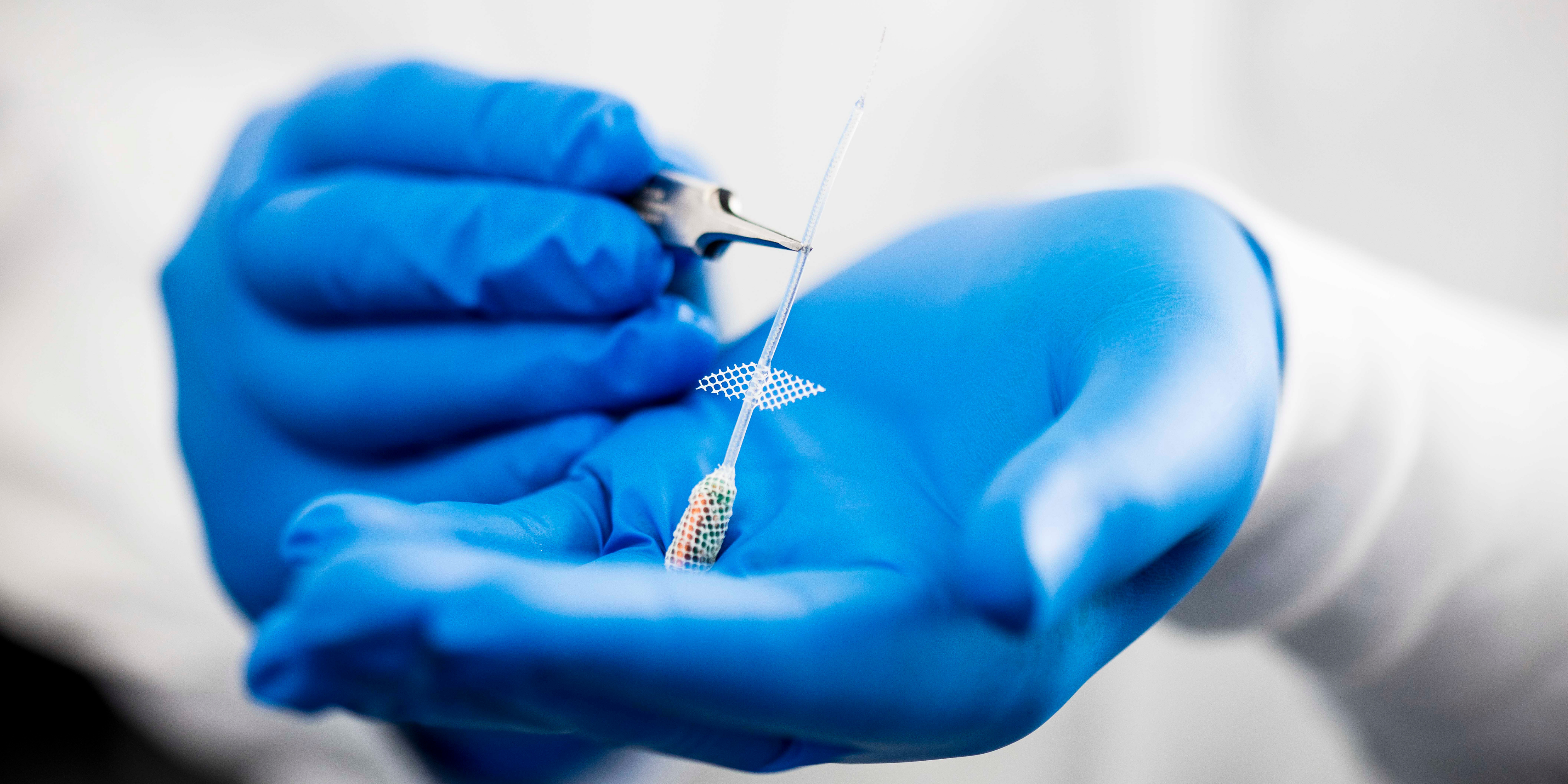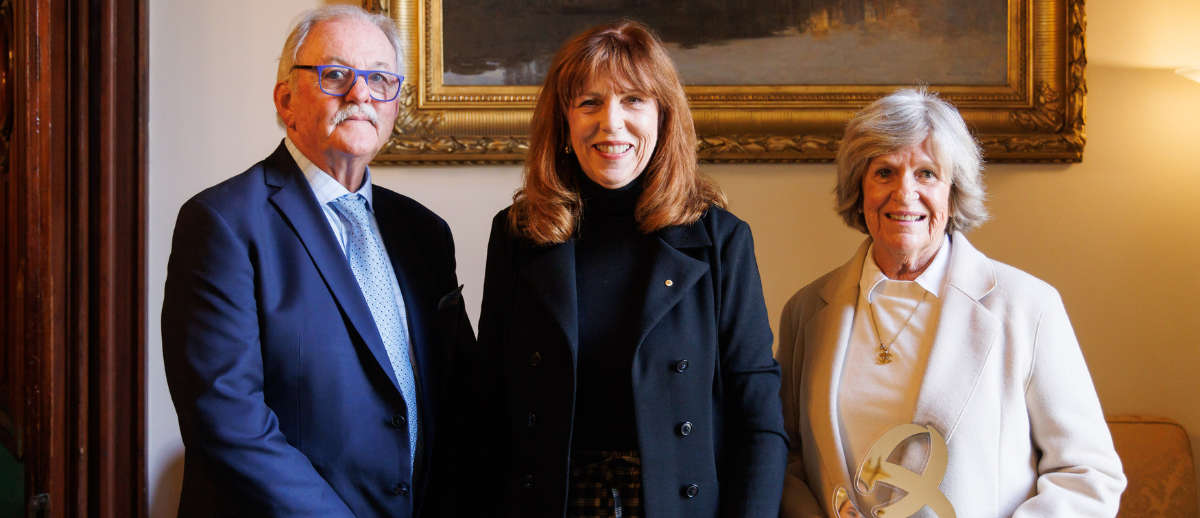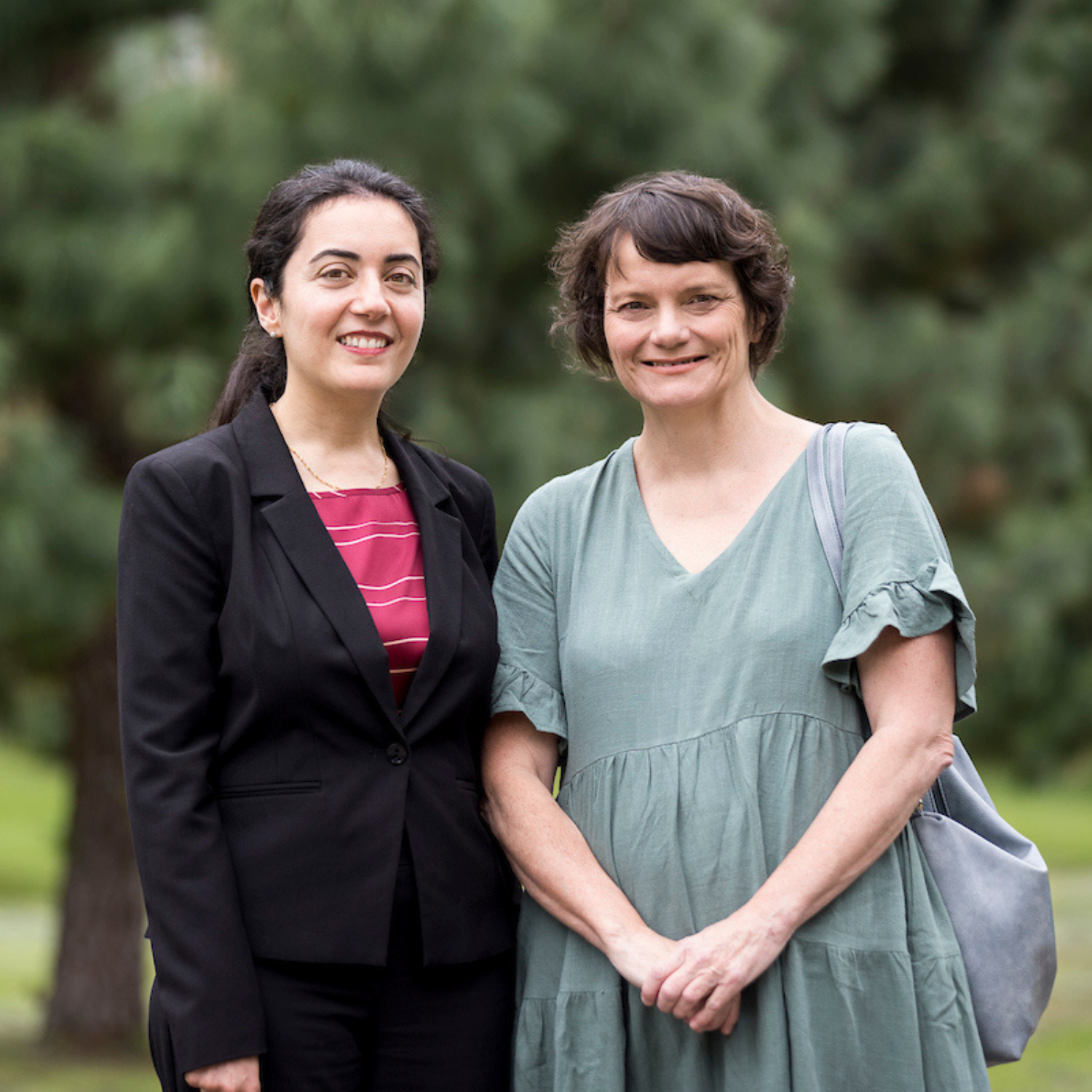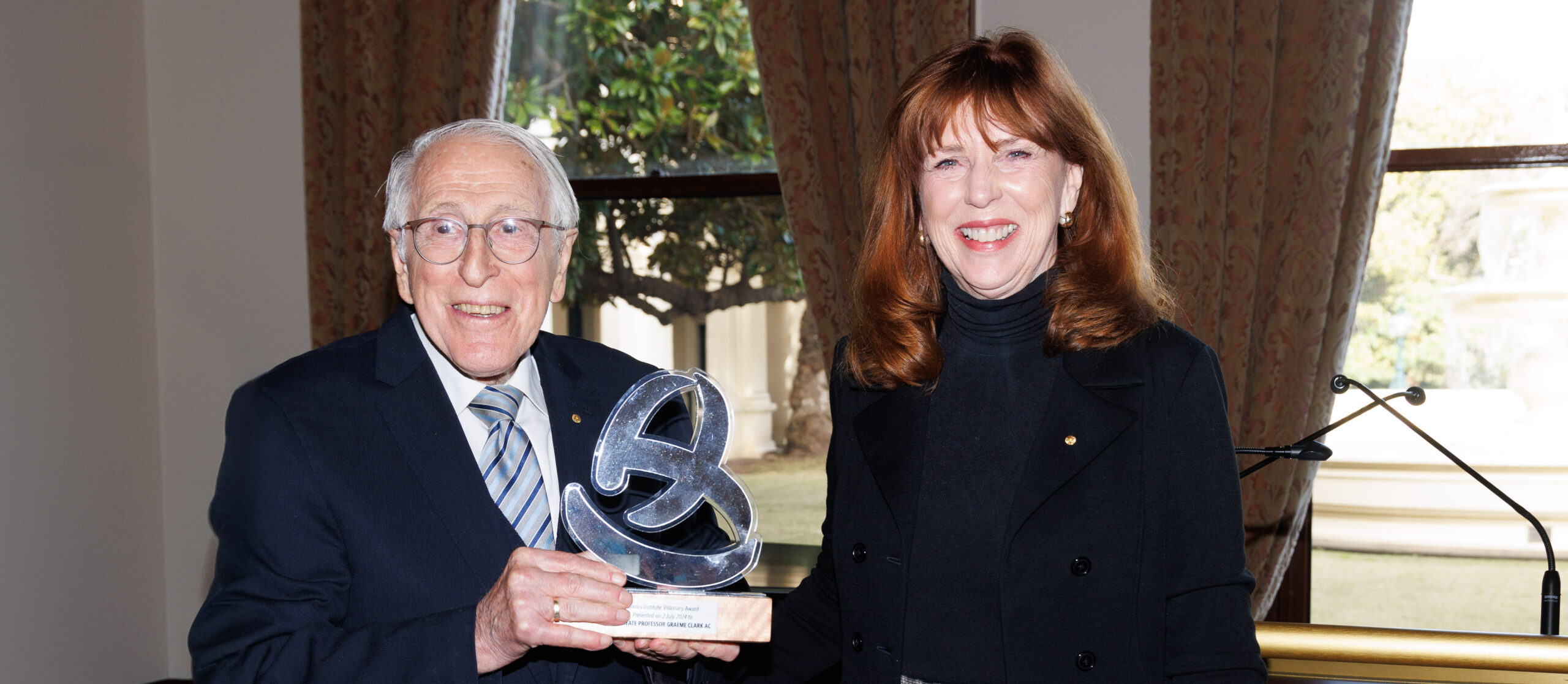David is an Associate Professor and Principal research fellow at the Bionics Institute.
He is a neurologist, neuro-otologist and translational researcher interested in diseases which interfere with normal human movement, which include the cerebellar ataxias.
He is the founding head of the Balance Disorders & Ataxia Service (BDAS) at the Royal Victorian Eye & Ear Hospital, the Fragile X-Associated Tremor Ataxia (FXTAS) Clinic.
He consults in the Monash Health Friedreich Ataxia clinic and the Machado-Joseph Disease Foundation Ataxia Clinic (Northern Territory), an honorary neurologist at St Vincent’s Hospital, Melbourne and a lecturer at Melbourne University.
David’s clinical and research focus are disorders of the cerebellum, vestibular and somatosensory systems.
This work includes the development of instrumented human movement metrics including the Ataxia Instrumented Measure (AIM) system and the development of an objective oculomotor test of imbalance – the video VVOR.
These systems are employed in current disease natural history studies and have begun to be incorporated in treatment trials.
A/Prof Szmulewicz’s research also involves the discovery of novel diseases e.g. Cerebellar Ataxia with Neuropathy and Vestibular Areflexia Syndrome (CANVAS), Spinocerebellar Ataxia Type 27B (SCA27B) and idiopathic Cerebellar Ataxia with Bilateral Vestibulopathy (iCABV).
David has authored over 80 peer reviewed papers and presented at over 100 conferences, approximately half of these overseas.
He is also the founding co-director of the Cerebellar Ataxia Registry (CARe) and the Cerebellar Ataxia Research Network of Australia (CARNA).
David is the Australian representative the Ataxia Global initiative (AGI), whose aims include the establishment of an international database to cater for large scale natural history studies and treatment trial ‘readiness’.
A/Prof Szmulewicz is a member of the Genetics Research on Repeat Expansions in Ataxia (GRREAT) program at the Walter and Eliza Hall Institute; the Task Force On Ocular Motor Deficits In Cerebellar Disorders And Ataxia (Society For Research On The Cerebellum And Ataxias [SRCA[), and is an International delegate for the SRCA.
David’s collaborations include the Networked Sensing and Control Laboratory, Deakin University; Murdoch Children’s Research Institute, Accelerated Gene Identification Program and Walter and Eliza Hall Bioinformatics Division; and industry collaborations with GN Otometrics and the University of Sydney, Vestibular Research Laboratory.
David’s awards include the Australian and New Zealand Association of Neurologists (ANZAN) Jim Lance Young Investigator Award; GlaxoSmithKline physician advanced trainee Prize for research, the Melbourne Medical School Academy of Clinical Teachers in recognition of outstanding contribution to teaching medical students at The University of Melbourne; NHMRC, Garnett Passe and Rodney Williams Memorial Foundation and University of Melbourne, Australian Postgraduate Award scholarships.
Email: dszmulewicz@bionicsinstitute.org
LinkedIn: David Szmulewicz
Top publications
- T. Ngo, P. N. Pathirana, M. K. Horne, L. A. Corben, I. H. Harding and D. J. Szmulewicz Technological Evolution in the Instrumentation of Ataxia Severity Measurement. IEEE Access 2023; 11:14006-14027. DOI: 10.1109/ACCESS.2023.3243178
- Kashyap B, Pathirana PN, Horne M, Power L, Szmulewicz DJ. Machine Learning Based Scoring System to Predict the Risk and Severity of Ataxic Speech Using Different Speech Tasks. IEEE Trans Neural Syst Rehabil Eng. 2023. doi: 10.1109/TNSRE.2023.3334718.
- Krishna R, Pathirana PN, Horne M, Corben L, Szmulewicz DJ. Quantitative assessment of Friedreich Ataxia via self-drinking. IEEE Journal of Biomedical and Health Informatics 2021;25:1985-1996 Doi: 10.1109/JBHI.2021.3069007
- Tran H, Nguyen, KD, Pathirana PN, Horne MK, Power L, Szmulewicz DJ. A comprehensive scheme for the objective upper body assessments of subjects with cerebellar ataxia. J NeuroEngineering Rehabil 2020; 17(1):162 https://doi.org/10.1186/s12984-020-00790-3
- Kashyap B, Phan D, Pathirana PN, Horne M, Power L, Szmulewicz D. Objective Assessment of Cerebellar Ataxia: A Comprehensive and Refined Approach. Sci Rep. 2020;10(1):9493 https://doi.org/10.1038/s41598-020-65303-7
- Rafehi H*, Read J*, Szmulewicz DJ*, et al. An intronic GAA repeat expansion in FGF14 causes the autosomal-dominant adult-onset ataxia SCA27B/ATX-FGF14. Am J Hum Genet. 2023;10(1):105-119. Doi: 10.1016/j.ajhg.2022.11.015 *Authors contributed equally to this work
- Rafehi H*, Szmulewicz DJ*, Bennett MF et al. Bioinformatics-based identification of expanded repeats: a non-reference intronic pentamer expansion in RFC1 causes CANVAS Am J Hum Genet. (https://www.ncbi.nlm.nih.gov/pubmed/31230722) 2019;105(1):151-165. *Authors contributed equally to this work
- Szmulewicz, DJ. Combined Central and Peripheral Degenerative Vestibular Disorders: CANVAS, Idiopathic Cerebellar Ataxia and Bilateral Vestibulopathy (CABV) and other differential diagnoses of the CABV phenotype. Curr Otolaryngol Rep. 2017; 5:167–174. Doi:10.1007/s40136-017-0161-5 Invited paper.
- Szmulewicz DJ, Roberts L, McLean C, MacDougall HG, Halmagyi GM, Storey E. Proposed diagnostic criteria for Cerebellar Ataxia with Neuropathy and Vestibular Areflexia Syndrome (CANVAS). Neurol Clin Pract. 2016;6:61-68. doi: 10.1212/CPJ.0000000000000215
- Szmulewicz DJ, Macdougall HG, Storey E, Curthoys I and Halmagyi G. A Novel Quantitative Bedside Test of Balance Function: The Video Visually Enhanced Vestibulo-ocular Reflex (VVOR). Neurology 2014;82:S19.002












